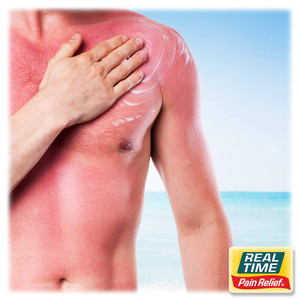Unraveling the Debate: Exploring the Use of Phthalates in Topical Products and Health Concerns
1st Mar 2024
Introduction:
In the realm of personal care products, the quest for healthier, safer ingredients has led many consumers to scrutinize the components of their chosen products. Phthalates, commonly used as solubilizers or plasticizers, have come under the spotlight due to potential health concerns. This article aims to unravel the discussion surrounding phthalates, exploring their purpose, potential risks, and alternatives that some individuals may consider.
Understanding Phthalates:
Phthalates are a group of chemicals used to enhance the flexibility and durability of plastics. In topical products like creams and lotions, they serve as solubilizers, helping to dissolve and disperse other ingredients. Additionally, phthalates are used in various industries, including cosmetics, to improve the texture and stability of formulations.
Health Concerns Associated with Phthalates:
While phthalates have been deemed safe in many applications, some individuals choose to avoid them due to emerging health concerns. These concerns stem from studies suggesting that exposure to certain phthalates may have adverse effects on human health. Of particular concern is their potential to disrupt the endocrine system and act as hormone disruptors, impacting reproductive and developmental processes.
Endocrine Disruption and Reproductive Health:
The endocrine system plays a crucial role in regulating hormones, which influence various physiological processes. Phthalates, when absorbed by the body, can mimic or interfere with hormonal activity, potentially leading to disruptions in reproductive health. Research has linked certain phthalates to adverse effects on male and female reproductive systems, including reduced fertility, altered hormone levels, and developmental issues in infants.
Children's Health and Development:
Concerns about phthalates extend to their potential impact on children's health and development. Exposure during critical periods of development, such as in utero or during early childhood, may have lasting effects on neurodevelopment, behavior, and respiratory health. Some studies have suggested associations between prenatal exposure to phthalates and developmental issues in children.
Alternatives to Phthalates:
In response to consumer concerns, the beauty and personal care industry has been exploring alternatives to phthalates. Formulators are increasingly turning to phthalate-free options, such as plant-based solubilizers, natural oils, and esters. These alternatives aim to maintain the efficacy and stability of products while addressing potential health worries associated with phthalates.
Reading Labels for Informed Choices:
For individuals wishing to avoid phthalates, reading product labels is crucial. Phthalates may be listed under various names, such as DBP (di-n-butyl phthalate), DEP (diethyl phthalate), and DMP (dimethyl phthalate). Being aware of these names allows consumers to make more informed choices about the products they use and potentially choose phthalate-free alternatives.
Conclusion:
The debate surrounding phthalates highlights the growing awareness among consumers about the potential impact of certain chemicals on health. While the scientific community continues to study the effects of phthalates, individuals concerned about potential risks can opt for products labeled as phthalate-free or explore alternatives. Reading labels, staying informed, and considering phthalate-free options empower consumers to make choices aligned with their health and wellness goals. As research evolves, a balanced understanding of the benefits and potential risks of phthalates will guide both consumers and industry professionals in shaping a safer and healthier future for personal care products.
Resources/References:
- U.S. National Library of Medicine. "Phthalates."
[https://toxtown.nlm.nih.gov/chemicals-and-contaminants/phthalates] - Centers for Disease Control and Prevention (CDC). "Phthalates."
[https://www.cdc.gov/biomonitoring/Phthalates_FactSheet.html] - Environmental Working Group (EWG). "Phthalates."
[https://www.ewg.org/californiacosmetics/phthalates] - Hormone Health Network. "Endocrine Disruptors."
[https://www.hormone.org/your-health-and-hormones/endocrine-disruptors]





